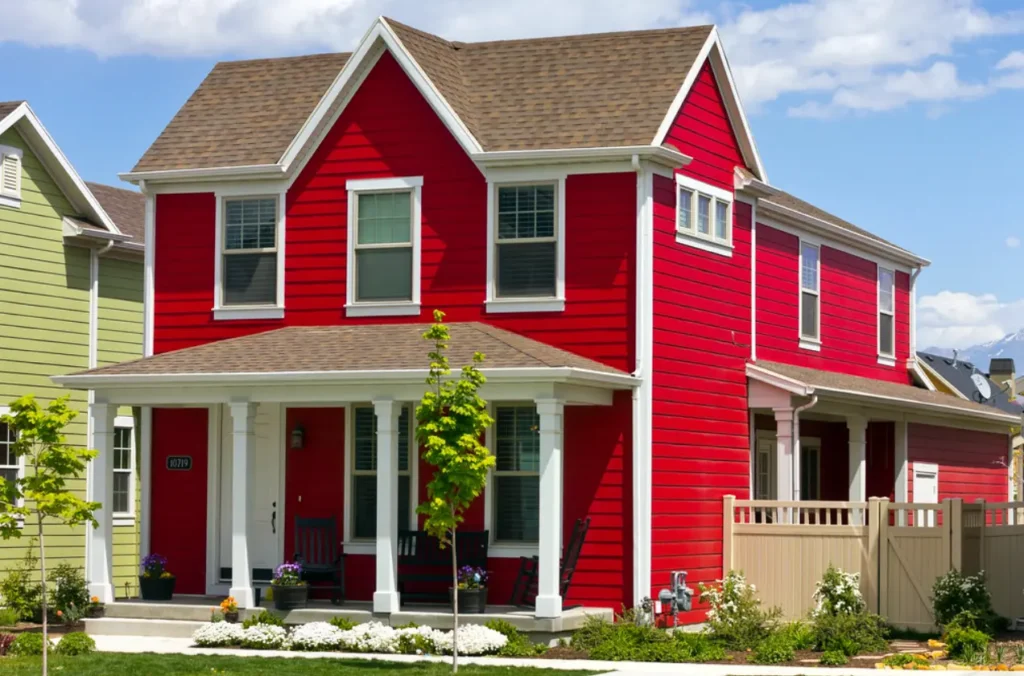
Why Existing Homeless Shelters Are Ineffective
A detailed analysis explaining why traditional shelters in the USA often fail to provide lasting solutions, leading many individuals to return to the streets. Key factors include temporary nature, lack of privacy, safety concerns, inadequate support services, and failure to address root causes like mental health, addiction, and economic barriers.
Economical Housing Options for the Homeless
Exploration of cost-effective, innovative housing models designed specifically for homeless individuals in the USA. These focus on new construction methods that outperform existing shelters by offering permanent, dignified living spaces that encourage self-sufficiency, with evidence-based justifications for their effectiveness.
- Prefabricated SIP Panel Homes: Mass-produced, quick-assembly structures using Structural Insulated Panels (SIP) for energy efficiency, affordability, and rapid deployment. Justifications include lower labor costs, durability, and scalability for urban or rural settings.
- Container-Type Homes: Repurposed shipping containers converted into modular living units. Benefits include recyclability, low material costs, mobility, and quick setup, making them ideal for transitional or permanent housing with minimal environmental impact.
- Solid Wood Quick-Build Homes: Prefabricated homes constructed from solid timber for strength and sustainability. Advantages encompass natural insulation, aesthetic appeal, faster build times compared to traditional methods, and long-term cost savings on utilities.
- 3D-Printed Concrete Homes: Economical structures created via 3D printing technology using concrete mixtures. Rationale highlights automation for reduced construction time and costs, customization options, resilience to weather, and potential for mass production to address housing shortages efficiently.
Investment and Economic Impact Assessments
In-depth calculations demonstrating the financial viability of these housing solutions. Emphasis is placed on return on investment (ROI) by integrating formerly homeless individuals into the workforce, enabling them to contribute through taxes on wages and consumer spending—transforming aid into a productive economic cycle rather than mere charity.
- Construction Cost Estimates: Breakdown of building expenses for each housing type, including materials, labor, site preparation, and permits. Comparisons will factor in scale (e.g., single units vs. communities) and regional variations in costs.
- ROI Calculations: Comprehensive modeling of investment returns, accounting for economic inclusion. Metrics include job placement rates, projected tax revenues from employment and purchases, reduced public service burdens (e.g., emergency healthcare), and long-term societal savings.
- Regional Analyses for Specific US Areas: Tailored ROI projections for key regions (e.g., California, New York, Texas), incorporating local homelessness statistics, labor markets, cost of living, and potential economic uplift from reintegrated residents.
- Nationwide Investment Requirements: Estimation of total funding needed to eradicate homelessness across the entire USA, based on current population data, housing needs, and scalable implementation of proposed models. This includes phased rollout strategies and funding sources (public-private partnerships).
Achievable Benefits for the USA
Implementation of these solutions could yield transformative outcomes at a national level, fostering a healthier, more prosperous society through targeted interventions.
- Reduction in Crime Rates: Stable housing correlates with lower criminal activity, as individuals gain security and access to support services, decreasing survival-driven offenses.
- Decreased Spread of Drugs: Permanent homes with integrated rehabilitation programs can curb addiction cycles, reducing drug-related incidents and associated healthcare costs.
- Lower Transmission of Diseases: Improved living conditions, sanitation, and access to medical care would minimize outbreaks of communicable diseases common in homeless populations.
- Enhanced Economic Development: By empowering individuals to join the workforce, these initiatives boost productivity, consumer spending, and tax bases, driving overall GDP growth and community revitalization.